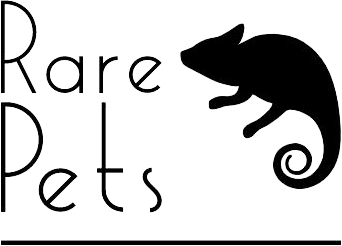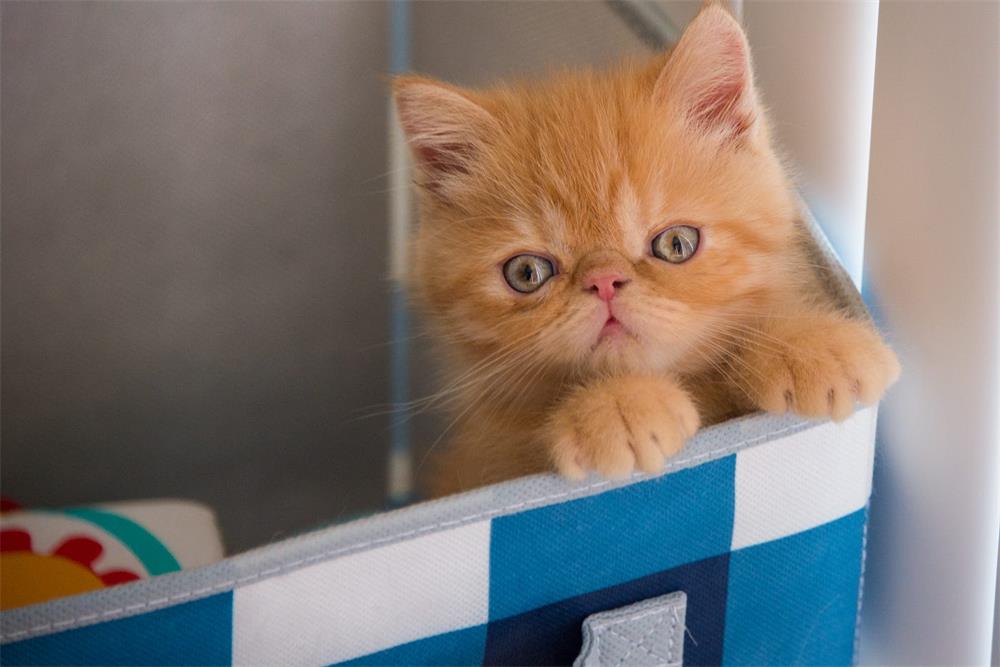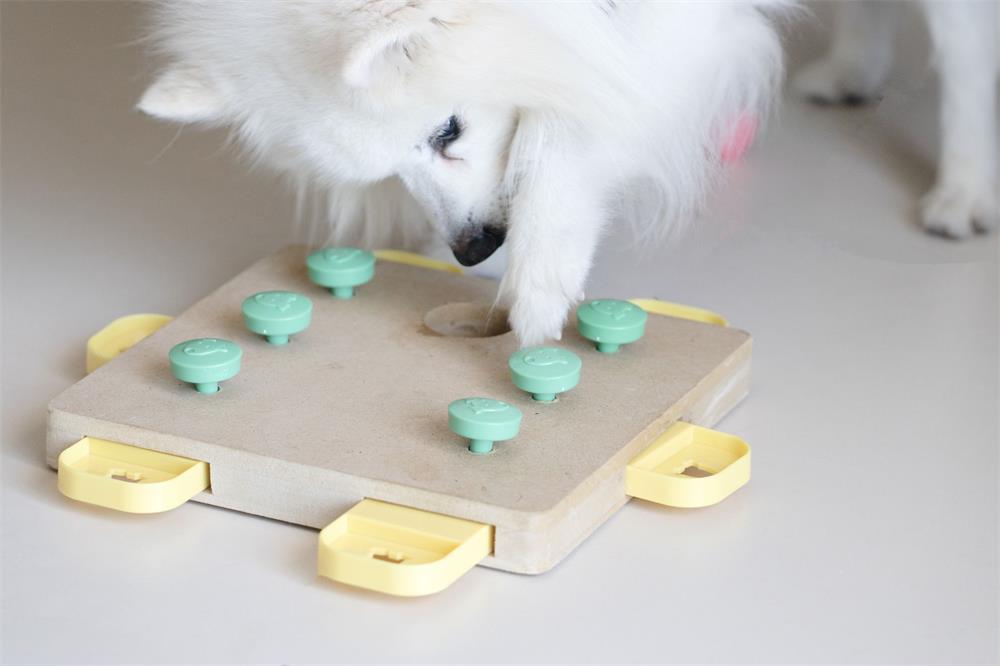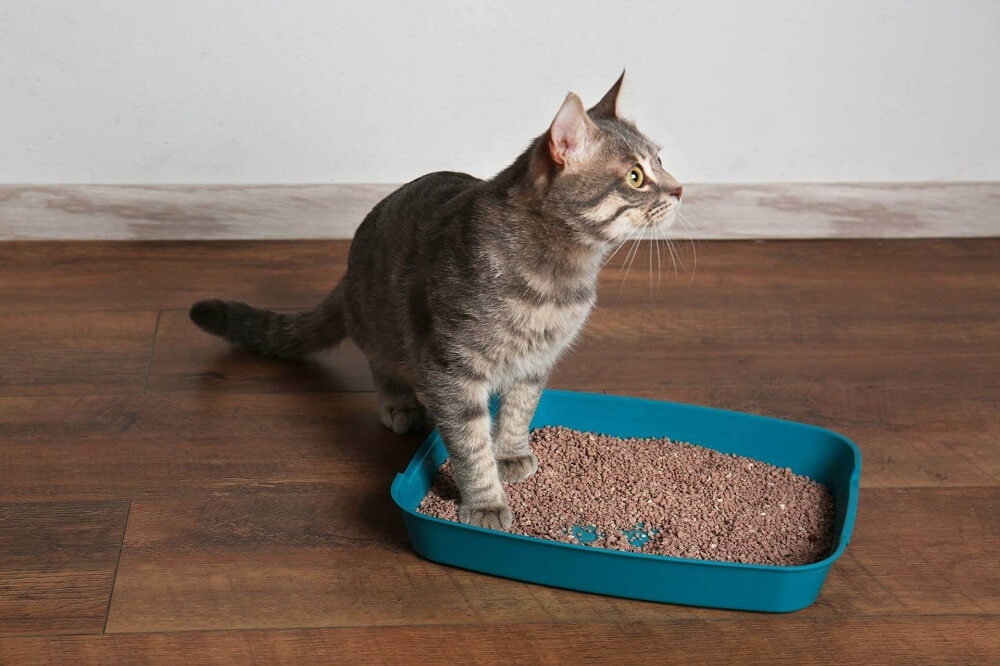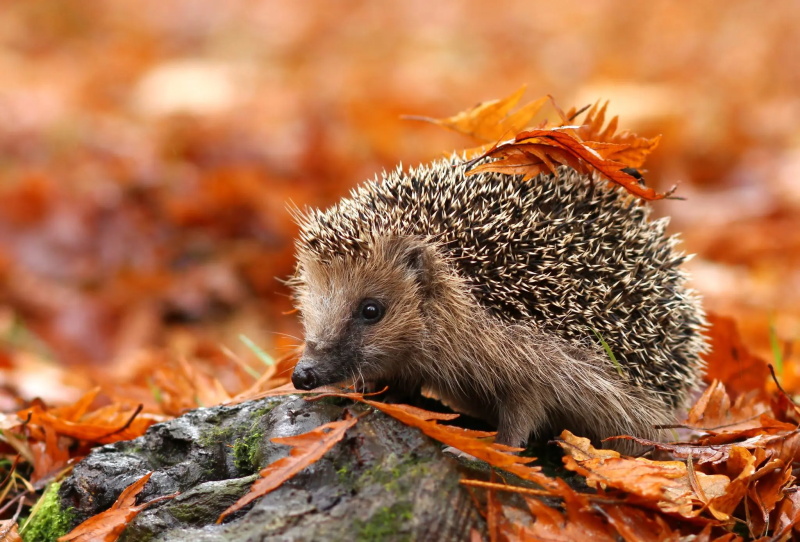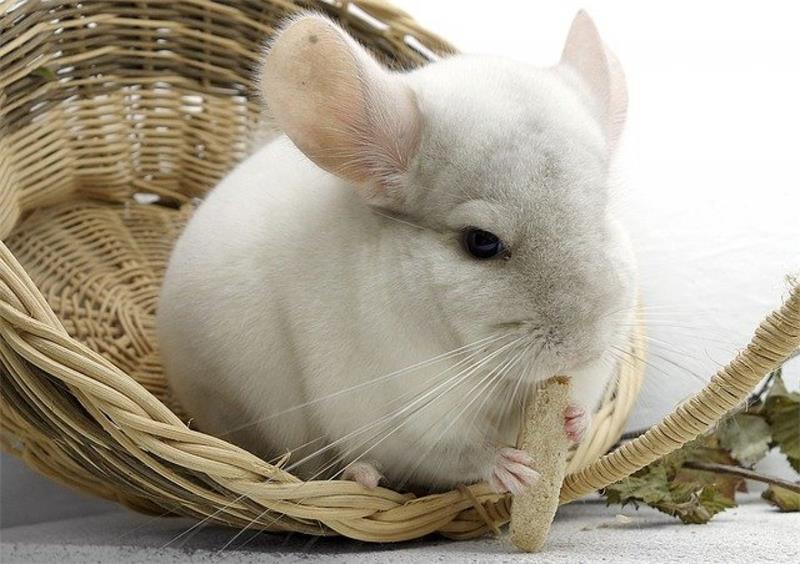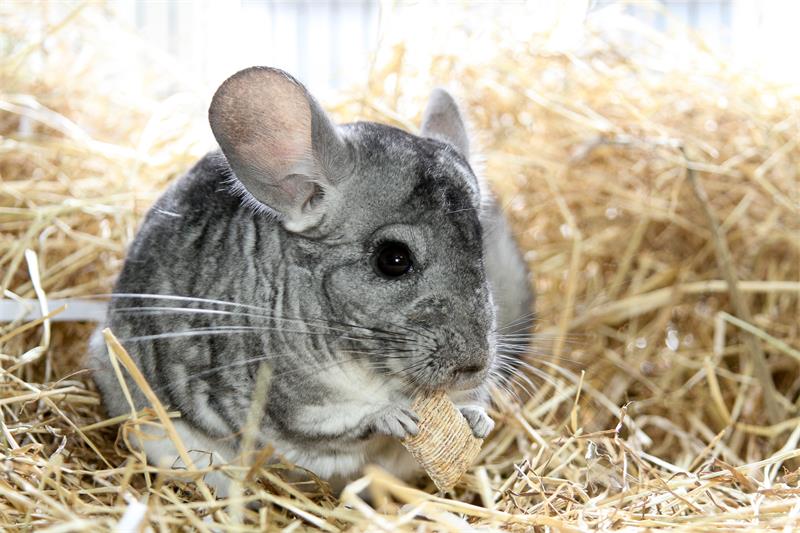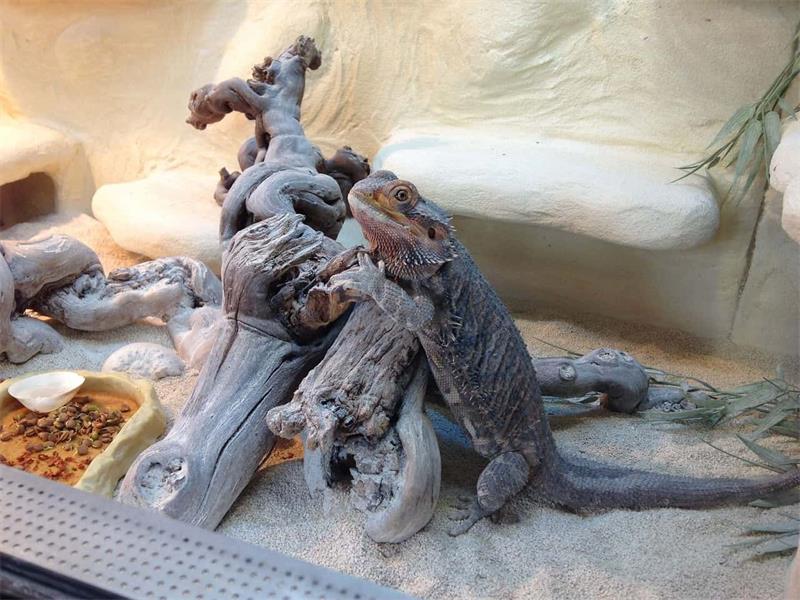
Table of Contents
Bearded dragons are one of the most popular and fascinating reptiles to keep as pets. They are friendly, curious, and active lizards that can form strong bonds with their owners. They are also easy to care for and have unique personalities and behaviors.
But how much do you really know about these amazing animals? Do you know where they come from, what they eat, how they communicate, or how they got their name?
In this article, we will explore some of the most interesting and surprising facts about bearded dragons. We will cover their origin, appearance, diet, behavior, health, and more. Whether you are a new or experienced bearded dragon owner, or just a reptile lover, you will surely learn something new and exciting about these incredible creatures.
Where Do Bearded Dragons Come From?
Bearded dragons are native to Australia, where they inhabit a variety of arid and semi-arid environments. They can be found in deserts, woodlands, savannas, scrublands, and rocky outcrops. They are adapted to survive in harsh conditions with high temperatures, low humidity, and scarce food and water.
Bearded dragons belong to the genus Pogona, which contains eight species of lizards. The most common species kept as pets is the central bearded dragon (Pogona vitticeps), which is also known as the inland bearded dragon. Other species include the eastern bearded dragon (Pogona barbata), the western bearded dragon (Pogona minor), the dwarf bearded dragon (Pogona minor minima), the Rankin’s dragon (Pogona henrylawsoni), the Kimberley bearded dragon (Pogona microlepidota), the Nullarbor bearded dragon (Pogona nullarbor), and the northwest bearded dragon (Pogona minor mitchelli).
Bearded dragons were first exported from Australia in the 1960s and 1970s for the pet trade. However, in 1964, Australia banned the export of its wildlife to protect its biodiversity. Since then, all bearded dragons kept as pets outside Australia are captive-bred from a small number of original specimens. Bearded dragons are now one of the most popular pet reptiles in the world.
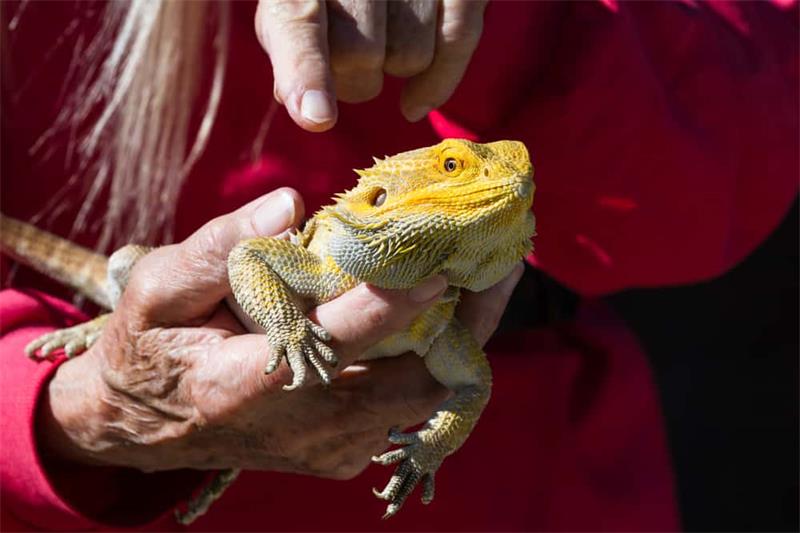
How Did Bearded Dragons Get Their Name?
Bearded dragons get their name from the spiny scales on their throat pouches, which resemble a beard. They can inflate their throat pouches and darken their color when they feel threatened or aggressive. This makes them look bigger and more intimidating to potential predators or rivals.
Bearded dragons also use their throat pouches to communicate with other bearded dragons. They can display different signals such as head bobbing, arm waving, mouth gaping, or body flattening to convey different messages such as dominance, submission, courtship, or territoriality.
Bearded dragons are also sometimes called beardies by their owners or enthusiasts. This is a term of endearment that reflects their friendly and affectionate nature.
What Do Bearded Dragons Look Like?
Bearded dragons have a distinctive appearance that makes them easy to recognize. They have triangular heads with large eyes and ears. They have round bodies with stout legs and long tails. They have rows and clusters of spiny scales covering their entire bodies. They also have claws on their toes that help them climb and dig.
Bearded dragons come in a variety of colors and patterns depending on their species and habitat. They can range from brown, gray, tan, yellow, orange, red, green, or white. They can also have stripes, spots, blotches, or bands on their bodies. Some bearded dragons have been selectively bred to produce different color morphs such as albino, leucistic, hypomelanistic, or translucent.
Bearded dragons can also change their color to match their mood or environment. They can darken their color to absorb more heat or to show aggression. They can lighten their color to reflect more heat or to show submission. They can also blend in with their surroundings to camouflage themselves from predators or prey.
The average size of a bearded dragon depends on its species and age. The central bearded dragon, which is the most common pet species, can grow up to 18 to 24 inches in length and weigh up to 10 to 18 ounces. Other species may be smaller or larger depending on their natural range and conditions.
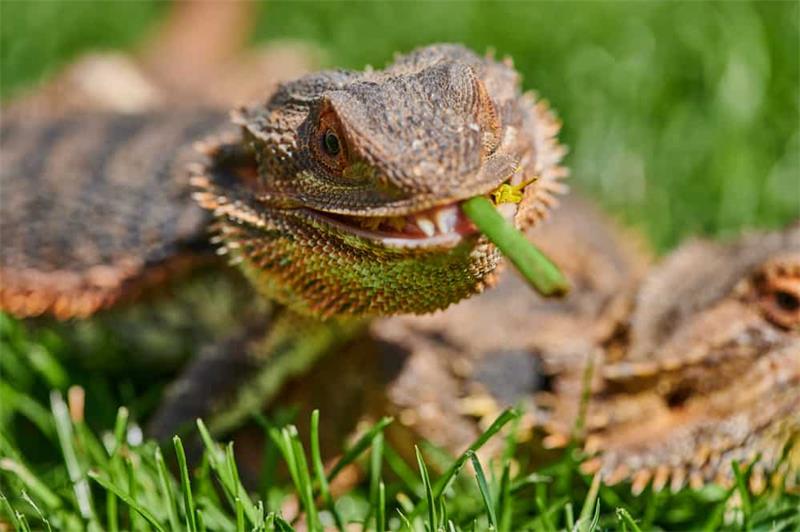
What Do Bearded Dragons Eat?
Bearded dragons are omnivorous, meaning they eat both plant and animal-based foods. In the wild, they eat a variety of insects, flowers, fruits, and vegetables that they find in their habitat. They have sharp teeth and strong jaws that help them crush and chew their food.
In captivity, bearded dragons need a balanced diet that mimics their natural diet as much as possible. A balanced diet for bearded dragons consists of:
- 50% plant-based material: This includes leafy greens, vegetables, flowers, and fruits. Plant-based foods provide fiber, vitamins, minerals, and water for your bearded dragon.
- 50% animal-based material: This includes insects and occasionally small rodents or lizards. Animal-based foods provide protein, fat, calcium, and phosphorus for your bearded dragon.
The ratio of plant-based to animal-based foods may vary depending on the age and life stage of your bearded dragon. Younger bearded dragons need more protein and calcium to support their growth and development, so they should eat more insects than plants. Older bearded dragons need less protein and more fiber to maintain their health and prevent obesity, so they should eat more plants than insects.
Some of the best insects for bearded dragons are crickets, dubia roaches, black soldier fly larvae, mealworms, superworms, waxworms, butterworms, hornworms, silkworms, and locusts. Some of the best plants for bearded dragons are collard greens, dandelion greens, mustard greens, turnip greens, bok choy, escarole, endive, watercress, alfalfa, carrots, squash, zucchini, pumpkin, bell peppers, green beans, peas, broccoli, cauliflower, hibiscus flowers, dandelion flowers, rose petals, nasturtium flowers, marigold flowers, carnation petals, geranium petals, daisy petals, apple, pear, banana (with skin), mango, grapes (seedless), melon (seedless), peach (pitted), apricot (pitted), fig, and kiwi.
Some of the worst insects for bearded dragons are fireflies (which are toxic), wild insects (which may contain pesticides or parasites), spiders (which may bite or sting), and any insect that is too large for your bearded dragon to eat safely. Some of the worst plants for bearded dragons are iceberg lettuce (which is low in nutrition and high in water), spinach (which is high in oxalates and low in calcium-to-phosphorus ratio), kale (which is high in goitrogens and low in calcium-to-phosphorus ratio), cabbage (which is high in goitrogens and low in calcium-to-phosphorus ratio), beet greens (which are high in oxalates and low in calcium-to-phosphorus ratio), citrus fruits (which are high in acidity and low in calcium-to-phosphorus ratio), avocado (which is high in fat and contains a toxin called persin), rhubarb (which is high in oxalates and contains a toxin called oxalic acid), onion (which is high in sulfur and contains a toxin called thiosulphate), garlic (which is high in sulfur and contains a toxin called allicin), chives (which are high in sulfur and contain a toxin called allicin), leeks (which are high in sulfur and contain a toxin called allicin), tomato leaves (which are high in oxalates and contain a toxin called solanine), potato leaves (which are high in oxalates and contain a toxin called solanine), eggplant leaves (which are high in oxalates and contain a toxin called solanine), and any plant that is toxic or indigestible for your bearded dragon.
Bearded dragons also need supplements to prevent nutrient deficiencies and health problems. Supplements are usually given in the form of powders that are sprinkled on the food or liquids that are given orally.
The most important supplements for bearded dragons are:
- Calcium: Calcium is essential for bone growth, muscle contraction, nerve function, blood clotting, and egg production. Bearded dragons need calcium to prevent metabolic bone disease, which is a common condition that causes weak bones, deformities, fractures, paralysis, and death. Calcium supplements should be given daily to young bearded dragons and every other day to adult bearded dragons. Calcium supplements should have a calcium-to-phosphorus ratio of at least 2:1.
- Vitamin D3: Vitamin D3 is essential for calcium absorption, bone health, immune system function, and hormone regulation. Bearded dragons need vitamin D3 to prevent metabolic bone disease, rickets, osteomalacia, hypocalcemia, and hypoparathyroidism. Vitamin D3 supplements should be given twice a week to young bearded dragons and once a week to adult bearded dragons. Vitamin D3 supplements should not exceed 10% of the calcium content.
- Multivitamin: Multivitamin is essential for providing various vitamins and minerals that are not adequately supplied by the diet. Bearded dragons need multivitamin to prevent vitamin A deficiency, vitamin B complex deficiency, vitamin E deficiency, vitamin K deficiency, iron deficiency, zinc deficiency, and other nutrient deficiencies. Multivitamin supplements should be given once a week to young bearded dragons and once every two weeks to adult bearded dragons. Multivitamin supplements should not contain vitamin A or D3, as these can cause toxicity if overdosed.
You should always use high-quality supplements that are specifically designed for reptiles. You should also follow the instructions on the label and consult your veterinarian for the correct dosage and frequency for your bearded dragon.
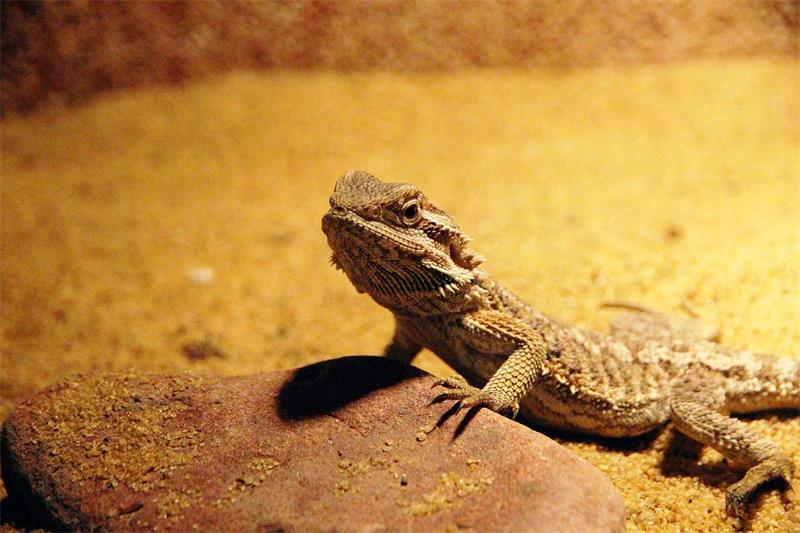
How Do Bearded Dragons Behave?
Bearded dragons are very active and curious lizards that have a range of behaviors that reflect their mood and intentions. They can also interact with their owners and other bearded dragons in different ways.
Some of the most common behaviors of bearded dragons are:
- Basking: Basking is when a bearded dragon lies flat on a warm surface under a heat or UVB lamp. Basking helps them regulate their body temperature and metabolism. Bearded dragons bask when they are comfortable and relaxed.
- Digging: Digging is when a bearded dragon uses its claws to burrow into the substrate or hide under objects. Digging helps them create a shelter or a nest. Bearded dragons dig when they are cold, stressed, or preparing for brumation or egg-laying.
- Brumation: Brumation is when a bearded dragon enters a state of dormancy during the winter months. Brumation helps them conserve energy and survive in low temperatures. Bearded dragons brumate when they are exposed to shorter daylight hours and lower temperatures.
- Head bobbing: Head bobbing is when a bearded dragon rapidly moves its head up and down. Head bobbing helps them communicate their dominance or aggression. Bearded dragons head bob when they are territorial, mating, or fighting.
- Arm waving: Arm waving is when a bearded dragon lifts one of its front legs and waves it in a circular motion. Arm waving helps them communicate their submission or friendliness. Bearded dragons arm wave when they are greeting, courting, or avoiding conflict.
- Beard flaring: Beard flaring is when a bearded dragon inflates its throat pouch and darkens its color. Beard flaring helps them intimidate or impress other bearded dragons or predators. Bearded dragons beard flare when they are threatened, angry, or mating.
- Mouth gaping: Mouth gaping is when a bearded dragon opens its mouth wide and exposes its tongue. Mouth gaping helps them cool down or show aggression. Bearded dragons mouth gape when they are overheated or annoyed.
- Body flattening: Body flattening is when a bearded dragon presses its body against the ground and spreads its limbs and tail. Body flattening helps them absorb more heat or appear larger. Bearded dragons body flatten when they are basking or scared.
- Tail twitching: Tail twitching is when a bearded dragon moves its tail in short jerks or spasms. Tail twitching helps them express their excitement or irritation. Bearded dragons tail twitch when they are hunting, playing, or annoyed.
- Glass surfing: Glass surfing is when a bearded dragon scratches or runs against the glass wall of its enclosure. Glass surfing helps them escape or explore their surroundings. Bearded dragons glass surf when they are bored, stressed, or curious.
Bearded dragons can also show affection and intelligence in different ways. They can recognize their owners and respond to their voice or touch. They can also learn simple commands and tricks such as coming when called or fetching objects. They can also enjoy being petted, held, or cuddled by their owners.
How Do Bearded Dragons Stay Healthy?
Bearded dragons are generally hardy and healthy reptiles that can live up to 10 to 15 years in captivity. However, they can also suffer from various health problems that can affect their quality of life and lifespan. Some of the most common health problems of bearded dragons are:
- Metabolic bone disease: Metabolic bone disease is a condition that causes weak bones, deformities, fractures, paralysis, and death. It is caused by a lack of calcium, vitamin D3, or UVB light in the diet or environment. It can be prevented by providing a balanced diet, supplements, and proper lighting and heating for your bearded dragon.
- Impaction: Impaction is a condition that causes constipation, bloating, loss of appetite, lethargy, and death. It is caused by ingesting indigestible or too large objects such as substrate, insects, plants, or feces. It can be prevented by providing a suitable substrate, feeding appropriate-sized food items, and keeping the enclosure clean and hygienic for your bearded dragon.
- Parasites: Parasites are organisms that live on or inside your bearded dragon and cause infections, inflammation, diarrhea, weight loss, anemia, and death. They can be external (such as mites or ticks) or internal (such as worms or protozoa). They can be transmitted by contact with other infected animals or contaminated food or water. They can be treated by using anti-parasitic medications prescribed by your veterinarian.
- Respiratory infections: Respiratory infections are infections that affect the lungs and airways of your bearded dragon and cause wheezing, coughing, sneezing, nasal discharge, mouth breathing, and death. They can be caused by bacteria, viruses, fungi, or poor environmental conditions. They can be treated by using antibiotics or antifungals prescribed by your veterinarian and improving the ventilation and humidity of the enclosure.
- Mouth rot: Mouth rot is an infection that affects the mouth and gums of your bearded dragon and causes swelling, bleeding, pus, bad breath, loss of appetite, and death. It can be caused by bacteria or fungi that enter through wounds or injuries in the mouth. It can be treated by using antibiotics or antifungals prescribed by your veterinarian and cleaning the mouth with antiseptic solutions.
- Tail rot: Tail rot is an infection that affects the tail of your bearded dragon and causes discoloration, dryness,brittleness, loss of scales, and death. It can be caused by bacteria or fungi that enter through wounds or injuries in the tail. It can be treated by using antibiotics or antifungals prescribed by your veterinarian and amputating the infected part of the tail if necessary.
- Eye infections: Eye infections are infections that affect the eyes of your bearded dragon and cause swelling, redness, discharge, cloudiness, blindness, and death. They can be caused by bacteria, viruses, fungi, or foreign objects that irritate the eyes. They can be treated by using eye drops or ointments prescribed by your veterinarian and removing the foreign objects if present.
To prevent these health problems and keep your bearded dragon healthy and happy, you should follow these tips:
- Provide a spacious and clean enclosure that meets your bearded dragon’s needs for space, temperature, humidity, lighting, and substrate.
- Provide a balanced and varied diet that meets your bearded dragon’s needs for nutrition, hydration, and supplements.
- Provide regular exercise and enrichment that meets your bearded dragon’s needs for activity, stimulation, and interaction.
- Provide regular health checks and veterinary visits that meet your bearded dragon’s needs for prevention, diagnosis, and treatment of any health issues.
Conclusion
Bearded dragons are amazing reptiles that have a lot to offer as pets. They are friendly, curious, and active lizards that can form strong bonds with their owners. They are also easy to care for and have unique personalities and behaviors.
We hope this article has helped you learn more about these incredible creatures and appreciate them even more. If you have any questions or comments about bearded dragons, please feel free to share them with us.
